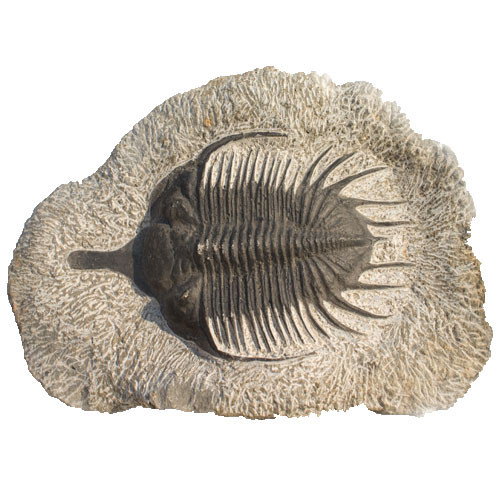Great Dying could have been caused by stirring up sulphides from the deep oceans
Sulphides are toxic to marine life at concentrations of just a few hundred parts per million.

About 252 million years ago the deep oceans were rich in toxic sulphides, which could have been responsible for the largest mass extinction on Earth when they became stirred up by waves, a geological study has discovered.
Sulphide, which smells like rotten eggs, is extremely toxic to animals, and could kill humans at a concentration of just a few hundred parts per million. The Panthalassic Ocean – the enormous sea that surrounded the supercontinent Pangea – was rich in sulphide in its depths, according to a paper published in the journal PNAS.
Researchers analysed sediments that had been laid down in the deep Panthalassic Ocean, and that now form outcrops in present-day Canada and Japan. They found by sulphur isotope analysis that sulphur in sulphide molecules had mixed with other forms of sulphur regularly before, during and after the mass extinction – known as the Great Dying – that happened at the end of the Permian and beginning of the Jurassic periods.
This suggested that the deeper waters had been stirred up regularly by a process known as shoaling. This is when waves gain height as they come from deeper to shallower waters. The researchers say that shoaling caused disturbance of the sulphide-rich deeper waters, causing the toxins to spread throughout the oceans.
"The shoaling of sulphidic waters, therefore, would kill marine animals in the Permian-Triassic oceans," study author Yanan Shen of the University of Science and Technology of China said in a statement.
"We contribute new insights on how changes of physical and chemical process in the Permian-Triassic oceans and their interactions may have killed marine animals and delayed biotic recovery," said Shen.
As well as potentially causing the Great Dying, the authors say that continued shoaling of sulphide-rich waters could have delayed the recovery of life in the oceans for millions of years.
The findings have relevance today, the authors say, as climate change and pollution are recreating sulphidic conditions on modern coastlines.
"This study illustrates how environmental changes could have had a devastating effect on Earth's early biosphere, and may have present-day relevance because global warming and eutrophication are causing development of sulfidic zones on modern continental shelves, threatening indigenous marine life," the authors write.
© Copyright IBTimes 2025. All rights reserved.






















